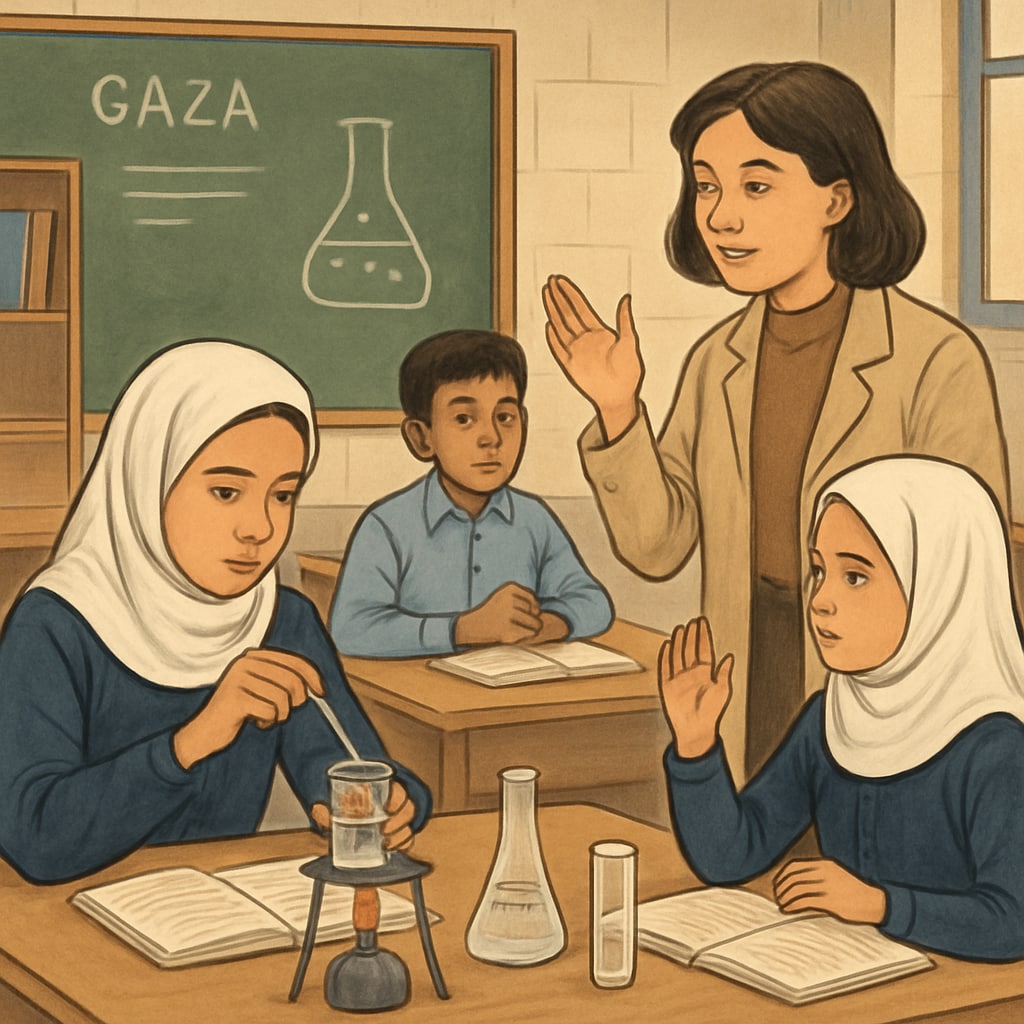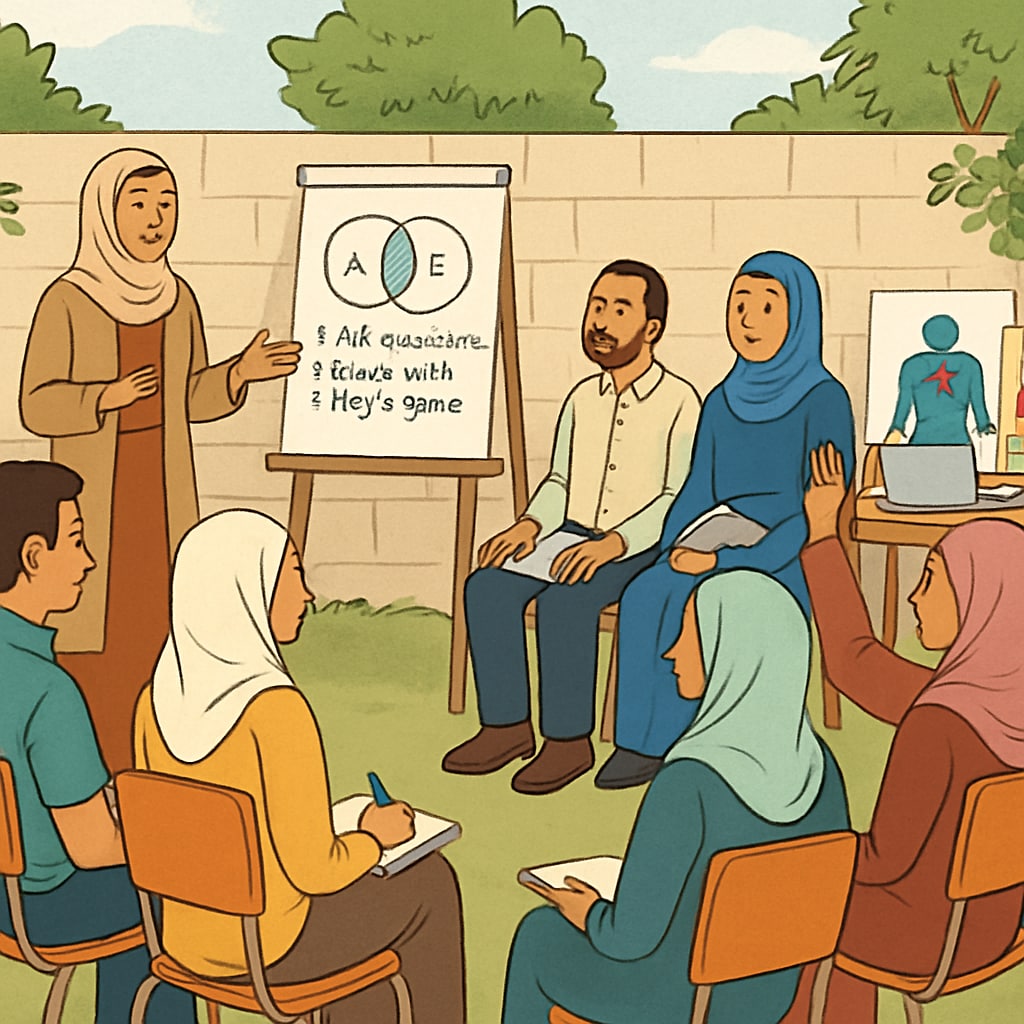Designing a new teaching curriculum for schools in conflict-affected areas is a complex and sensitive task. In the case of rebuilding schools in Gaza, particularly under the control of new authorities, creating science and social studies curricula requires addressing unique challenges. The goal is to develop a teaching framework that promotes critical thinking, peacebuilding, and adaptation to the region’s specific historical and social context. For these schools, the development of science and social studies curricula represents both an opportunity and a responsibility to rebuild hope in the region.
Key Considerations for Curriculum Development in Gaza Schools
When designing science and social studies curricula for Gaza schools, it is essential to consider the region’s unique socio-political environment. The lingering effects of conflict, combined with a fragile infrastructure, present significant hurdles. However, there are also opportunities to create educational frameworks that inspire resilience and foster long-term peace.
- Addressing the Legacy of Conflict: Social studies curricula should incorporate lessons on conflict resolution and the importance of dialogue. This can help students understand the historical factors that shaped their region, while also equipping them with tools for peaceful coexistence.
- Promoting Critical Thinking: Science education should focus on inquiry-based learning, encouraging students to question, explore, and innovate. This approach not only fosters intellectual growth but also prepares students for future opportunities in STEM fields (Science, Technology, Engineering, Mathematics).
- Cultural Relevance: Any curriculum must respect local traditions and values while introducing global perspectives. This balance ensures that students feel connected to their identity while being prepared for participation in a broader, interconnected world.

Strategies for Implementing Science and Social Studies Curricula
To successfully implement curricula in Gaza schools, educators and policymakers must adopt thoughtful strategies. These strategies should address logistical challenges while emphasizing inclusivity and sustainability.
- Teacher Training: Teachers are the backbone of any education system. In Gaza, professional development programs should focus on equipping educators with skills in active learning methodologies, trauma-informed teaching, and conflict-sensitive education.
- Flexible Curriculum Frameworks: Given the region’s volatile environment, curricula must be adaptable. Modular lesson plans can allow schools to adjust content delivery as circumstances change.
- Community Involvement: Engaging parents and local leaders in the curriculum development process can ensure that the educational content aligns with community needs and aspirations.
For example, UNESCO’s guidelines on education in conflict zones emphasize the importance of local stakeholder involvement. These principles can be applied to the Gaza context to build trust and ensure curriculum relevance (UNESCO on Education in Emergencies).

Long-Term Impact of Education on Peacebuilding
The ultimate aim of education in conflict-affected regions is to create a generation of leaders who value peace, justice, and innovation. Science and social studies play a critical role in this process. By teaching students to think critically, understand diverse perspectives, and solve problems collaboratively, these subjects lay the foundation for a more stable and prosperous future.
Additionally, organizations like UNICEF have highlighted the transformative power of education in post-conflict recovery (UNICEF on Rebuilding Hope Through Education). In Gaza, a well-designed curriculum can not only rebuild schools but also rebuild lives.
As educators and policymakers continue to face challenges, their commitment to rebuilding hope through education remains a powerful force for change. By focusing on science and social studies, Gaza’s schools can become beacons of resilience, preparing students for brighter futures.
Readability guidance: This article uses short paragraphs, clear transitions, and lists to enhance comprehension. Key ideas are supported with external references to authoritative sources. The content avoids overloading with technical jargon, ensuring accessibility for a broad audience.


